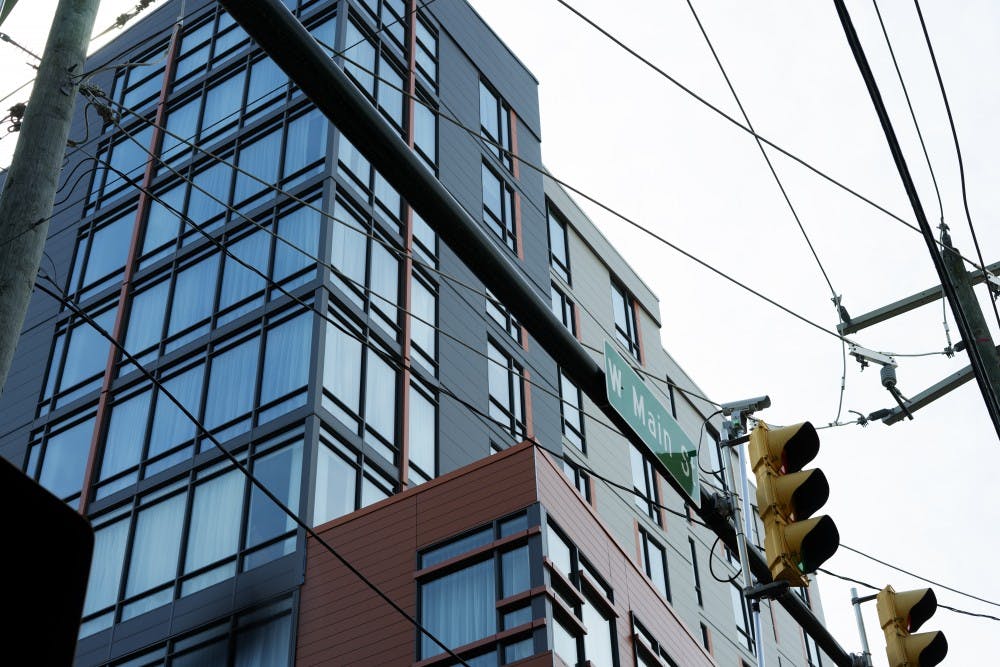Governor Ralph Northam recently announced a new initiative that will include developing an online marketplace and providing tools and investment resources for the federal Opportunity Zones Program. This program, passed as part of President Donald Trump’s tax bill, seeks to provide tax incentives for companies to invest in projects located in economically disadvantaged locations — so called “Opportunity Zones” — to spur growth there. While this plan may be an important tool to economic revitalization, this can only be so if it is implemented in a way that curbs potential abuses.
In order to talk about how this policy may be exploited, we must first go further into the specifics of the initiative. It allows investors to create funds in which they can put capital gains with the perk of tax deferment. These funds must be used for investing in the Opportunity Zones, which are designated by the governor of each state. With few exceptions, the investment can be used for nearly anything, from real estate to startups to infrastructure and more. The longer investors choose to keep their money in the funds, the more their tax obligations are continually reduced. If they keep the funds going for 10 years or longer, they will not have to pay any taxes on the profits earned on the fund. This tax relief structure provides a real impetus for investors to bankroll projects in downtrodden areas. As Derek Uldricks, president of Virtua Capital Management, noted, “We’ve never seen anything like this before. That’s a really massive incentive for an investor to come in. It’s probably the biggest one.” This enthusiasm is borne out by the fact that there are more than 90 funds created already.
However, as with any major policy program, the devil is in the details and this is no exception. First is the issue of how Opportunity Zones are selected. Census tracts are qualified to be an Opportunity Zone either by their poverty rate or their median family income. However, only roughly a quarter of those that qualified were selected, and it was up to governors to decide which ones receive this designation. Worryingly, 28 percent of the tracts that were ultimately selected were either not poor, college campuses or areas where nobody lived.
Furthermore, some of the selected tracts are currently in the process of revitalization and are seeing increased investment without the tax incentives. It is clear from this evidence that a new way of picking which tracts are Opportunity Zones is necessary. If we are to spend $1.6 billion on this program over a decade, as it is estimated, we must be assured that it is doing what it is intended to do — help the most distressed communities. If it is instead helping already well-to-do areas, then it constitutes nothing more than another unnecessary tax loophole for the wealthy to take advantage of. As such, we urge that the metrics used to qualify census tracts for this program be made more stringent so that they only include areas most in need of help.
Another significant problem with the current structure of this plan is the reporting requirements. As of right now, the Treasury Department, which oversees the program, demands very little information from investors. It requires the basic information necessary to verify that investors are in fact investing their money in the funds, but it does not compel any transaction-level data about specific tracts or projects. However, this more specific data is crucial in evaluating the effectiveness of the program. As Nick Fritz, an official at the Sorenson Impact Center at the University of Utah, puts it, “This limits the ability of municipalities and funds to learn from others' best practices and make sound, impactful investments.”
Nonetheless, there are worries that enacting more rigorous reporting requirements will chill the incentives of the program and undermine its intended purpose. Yet we do not believe it is asking too much of investors to provide this information. The extremely analytical nature of investing means that much of this data is readily available.
With respect to concerns on the confidentiality of certain types of data, the Editorial Board of Bloomberg News was correct in saying the “Treasury already has procedures in place for a different program that grants tax credits to investors in low-income communities, making sufficient information public while taking care to protect necessary confidentiality.” As such, there seems to be great benefits and no legitimate concerns with more demanding reporting requirements.
All in all, we hope that the Opportunity Zone Program works as it is intended and lifts underdeveloped communities out of poverty. But given the issues with how census tracts are selected, we are skeptical that it will have the outcome its supporters envision. Instead, it seems more likely that this will channel money to areas that already have investments and provide tax breaks to those who may not need them. These issues are especially important to keep in mind given that the Charlottesville area is home to several Opportunity Zones. Regrettably, it is unlikely that we will ever know whether we are right or if the supporters are correct due to the lack of proper data collection by the Treasury. Therefore, we implore not only that Opportunity Zones get selected more carefully but also that reporting requirements are made more strict.
The Cavalier Daily Editorial Board is composed of the Executive Editor, the Editor-in-Chief, the two Opinion Editors and their Senior Associate. The board can be reached at eb@cavalierdaily.com.







